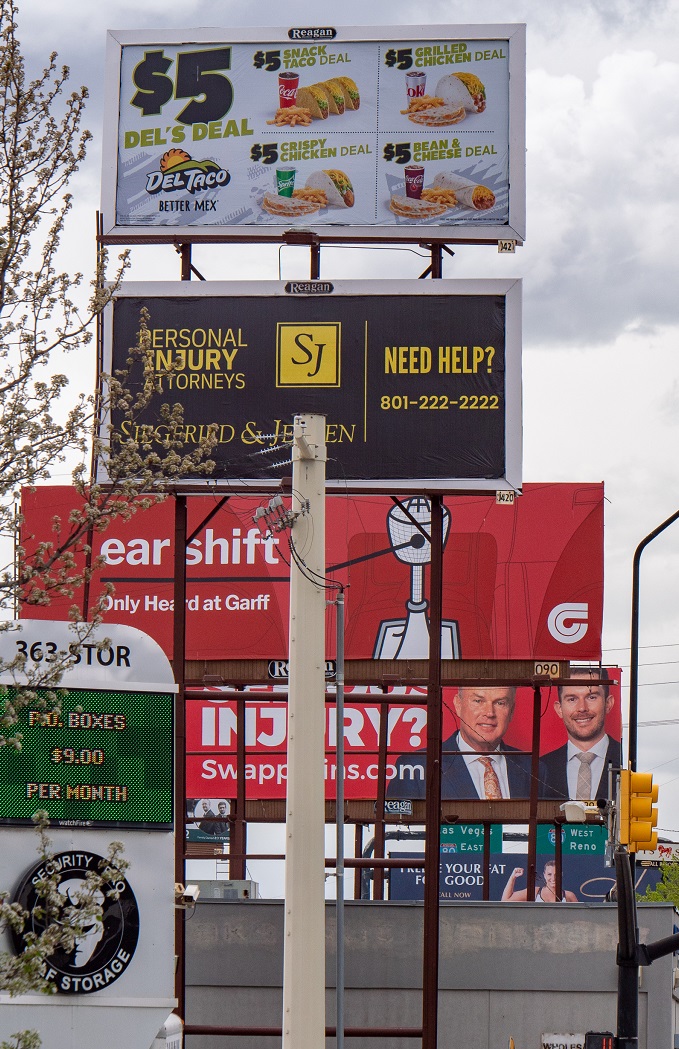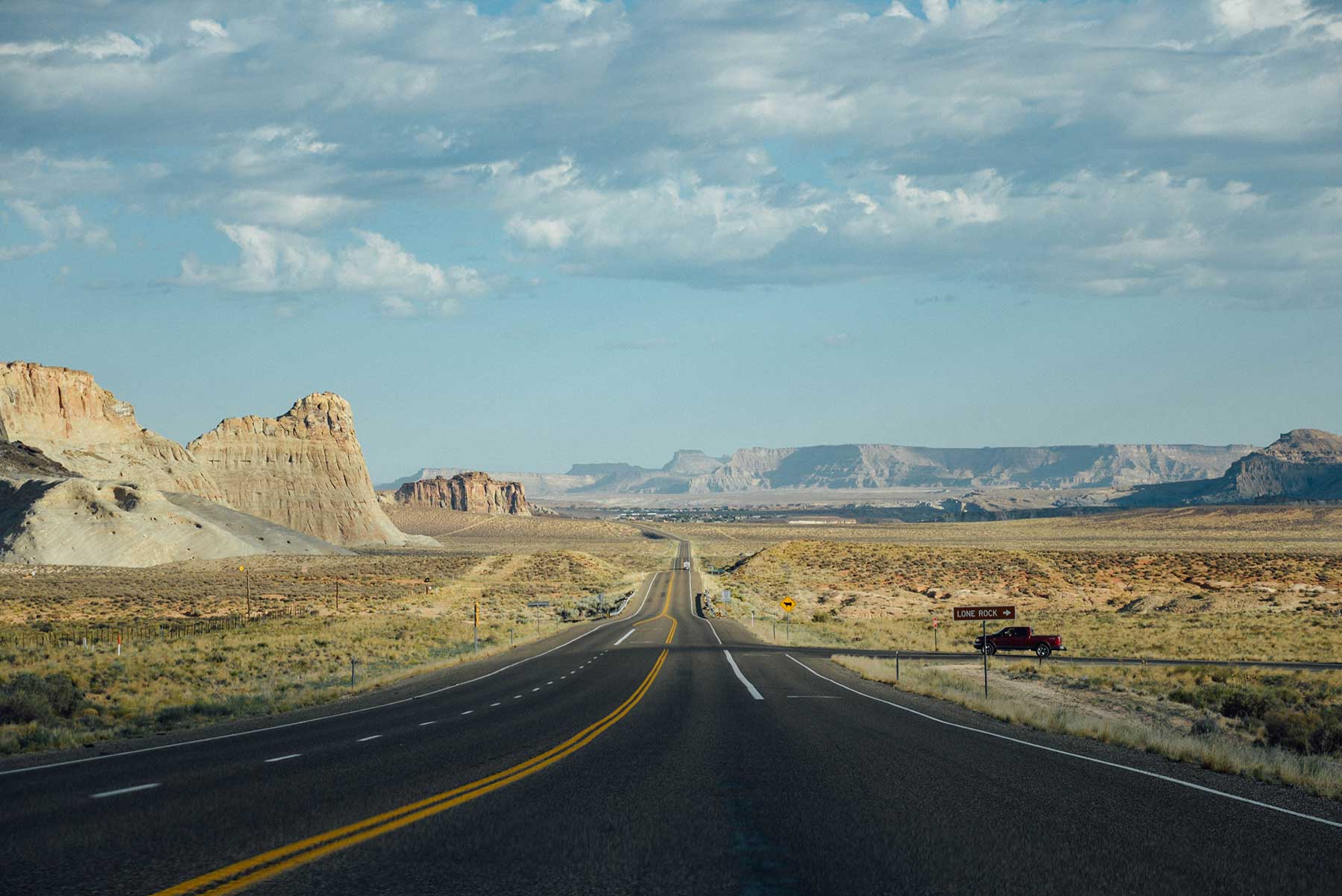Outdoor advertising companies across the country are cajoling and enticing communities to allow conversion of static billboards to digital formats. To avoid unfavorable arrangements, municipalities should understand what their peers have done when negotiating new agreements. Good and bad examples abound.
Billboard companies love digital. In Salt Lake City, according to True Media Impact, advertisers can pay up to $4,000 a month for a digital billboard vs. $2,500 for a standard sign. And billboard owners can stack multiple ad buyers on a single electronic screen, rotating the messages every 6 to 8 seconds. That $4,000 per-buyer can grow by multiples for billboards in highly desirable locations shared by several advertisers. In some metro areas, billboard companies can sell digital ad space to 10 times as many clients as static ad buyers. In other words, when a city allows digital billboards, they’re making a home for a hydra-headed monster.
Costs to install, maintain, and supply power to digital billboards are higher than for static billboards, but swapping out ads is far easier compared to vinyl displays. Overall, digital billboards are considerably more profitable for billboard companies than static.
Cities and counties negotiating with billboard companies should keep this heightened degree of profitability in mind. In the long run, industry has a strong motivation to migrate its inventory from static to digital, and it offers communities seemingly enticing “exchange agreements” in search of that higher payoff.
"To convince local officials to allow digital billboards, or in negotiating with cities seeking to reduce billboard numbers, industry will offer to remove a certain number of existing static signs in exchange for converting others to digital,” said Francisca Blanc, co-director of Scenic Utah. “Some cities see this as their only option for removing unwanted billboards, and many end up agreeing to low-ball exchange ratios that favor industry far more than communities.”
Cities and counties considering such compromises should strive for the largest possible exchange ratio. Scenic Utah’s legal research team recently gathered data from two dozen municipalities around the country that have locked in or are considering static-to-digital conversion agreements.
St. Petersburg, FL wins a Gold medal for “best negotiator”. Their agreement removed 13.8 static signs for every digital sign allowed. All 83 of the city’s static billboard faces (a total of 41 structures) had to be removed before permitting the first digital face.
Tampa, FL wins the Silver medal, with a 10-to-1 conversion ratio. And Stockton, CA takes Bronze, with a 9-to-1 rate.

Cities like Kansas City, Tacoma, and San Jose, as well as Conroe, TX, achieved conversion rates in the range of 7-to-1 or 5-to-1.
Some 12 communities settled for less favorable ratios—in the 3-to-1 to 2-to-1 range. Given the profit multiples available to billboard companies, these ratios seem overly generous.
One reason for the one-sided deals, and the variation in exchange ratios, may stem from ambiguous language in sign ordinances, or state codes that pre-empt local decision making. Many communities in Utah, for example, lack bargaining power to reduce or prohibit billboards in a significant manner, even though that is the prevailing desire of residents.
Still, cities DO have a right to regulate digital signage, including banning digital signs and exchange deals altogether. “Communities in this position should remain steadfast, Blanc says. “As with any negotiation, don’t accept industry’s opening bid. Given the profit margins for digital, cities have ample room to maneuver.”
Click here to see Scenic Utah's research on static to digital conversion rates from around the country.





